Includes per person per night:
- Accommodation
- Buffet breakfast
4.56195650168735 of 5 Stars
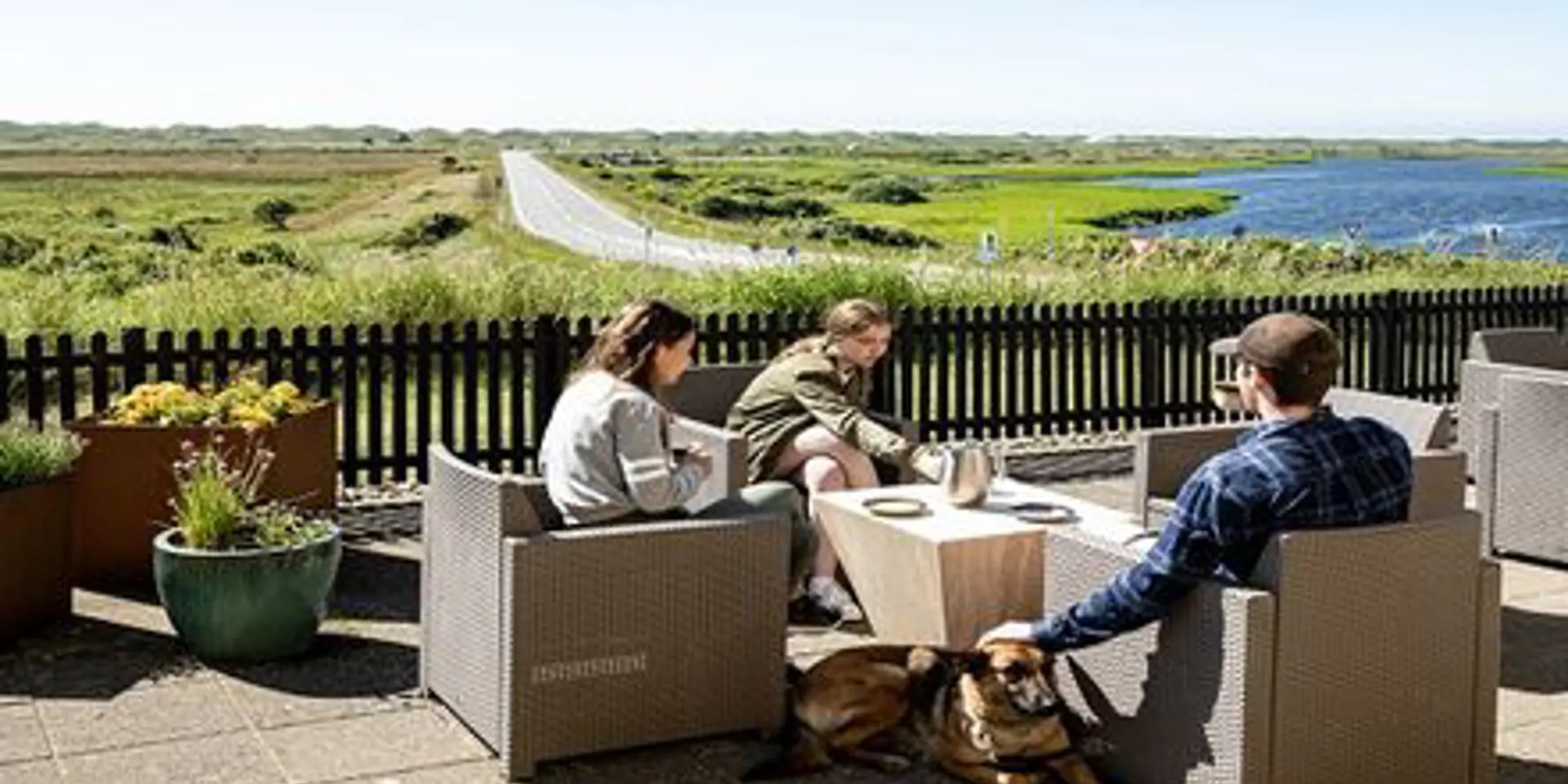
Includes per person per night:
Click the "See calendar and prices" button to choose dates and see the room selection.
See calendar and prices: Super StayNymindegab Kro is situated right on top of the dunes farthest off in West Jutland – literally speaking on the edge of the North Sea. The inn has been totally renovated. Nymindegab Kro tempts with a magnificent restaurant from where you have an impressive view of the dunes, the fjord and the high West Jutland sky.
Vesterhavsvej 327, 6830 Nørre Nebel
Show map

2 days / 1 night - 18.12., 22.01., 12.02., 19.03., 16.04., 24.09., 15.10., 12.11., 10.12
Includes per person per stay:
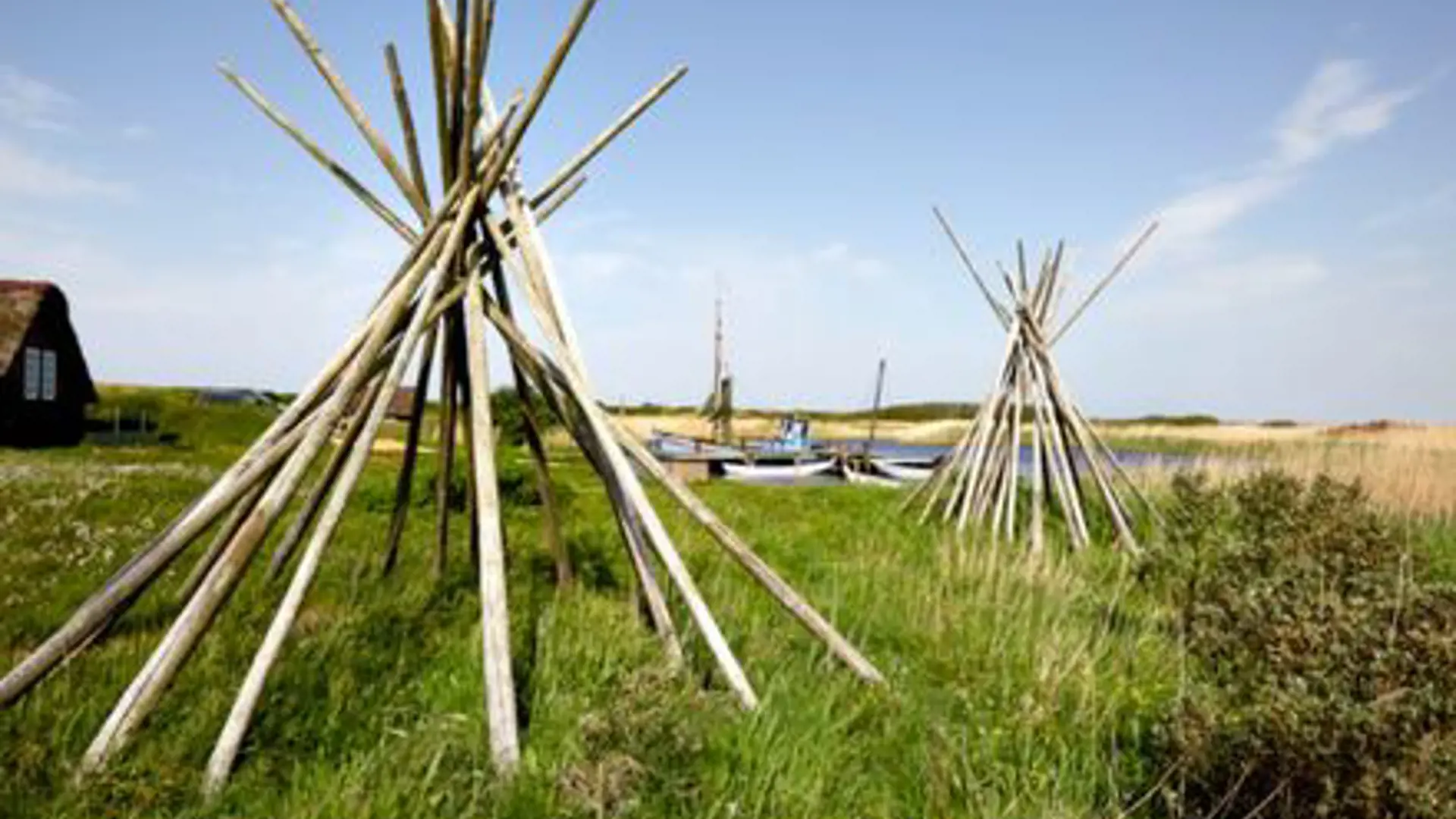
Includes per person per stay:
Day 1
Day 2
Day 3
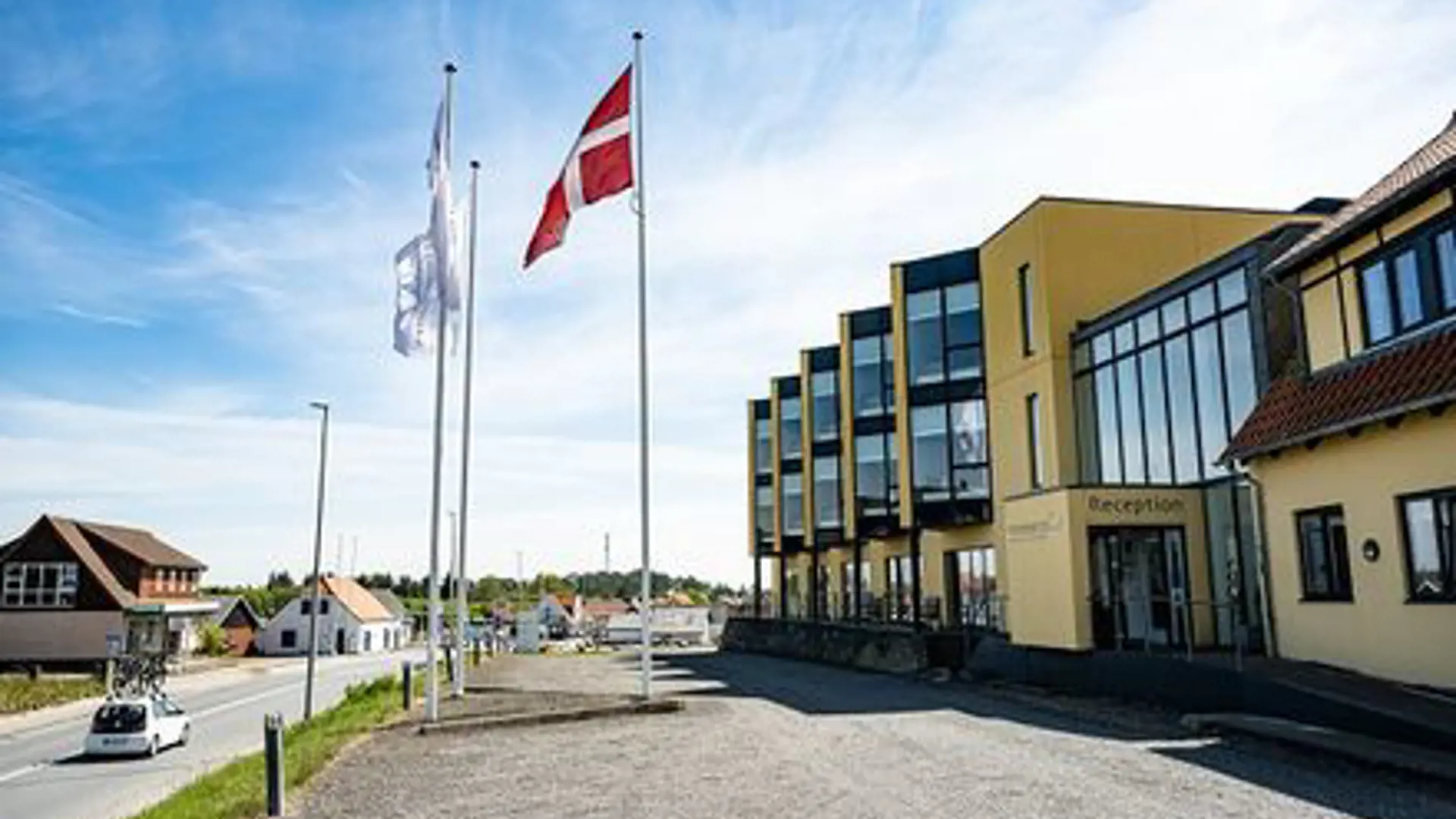
Arrival June, July and August
Includes per person per stay:
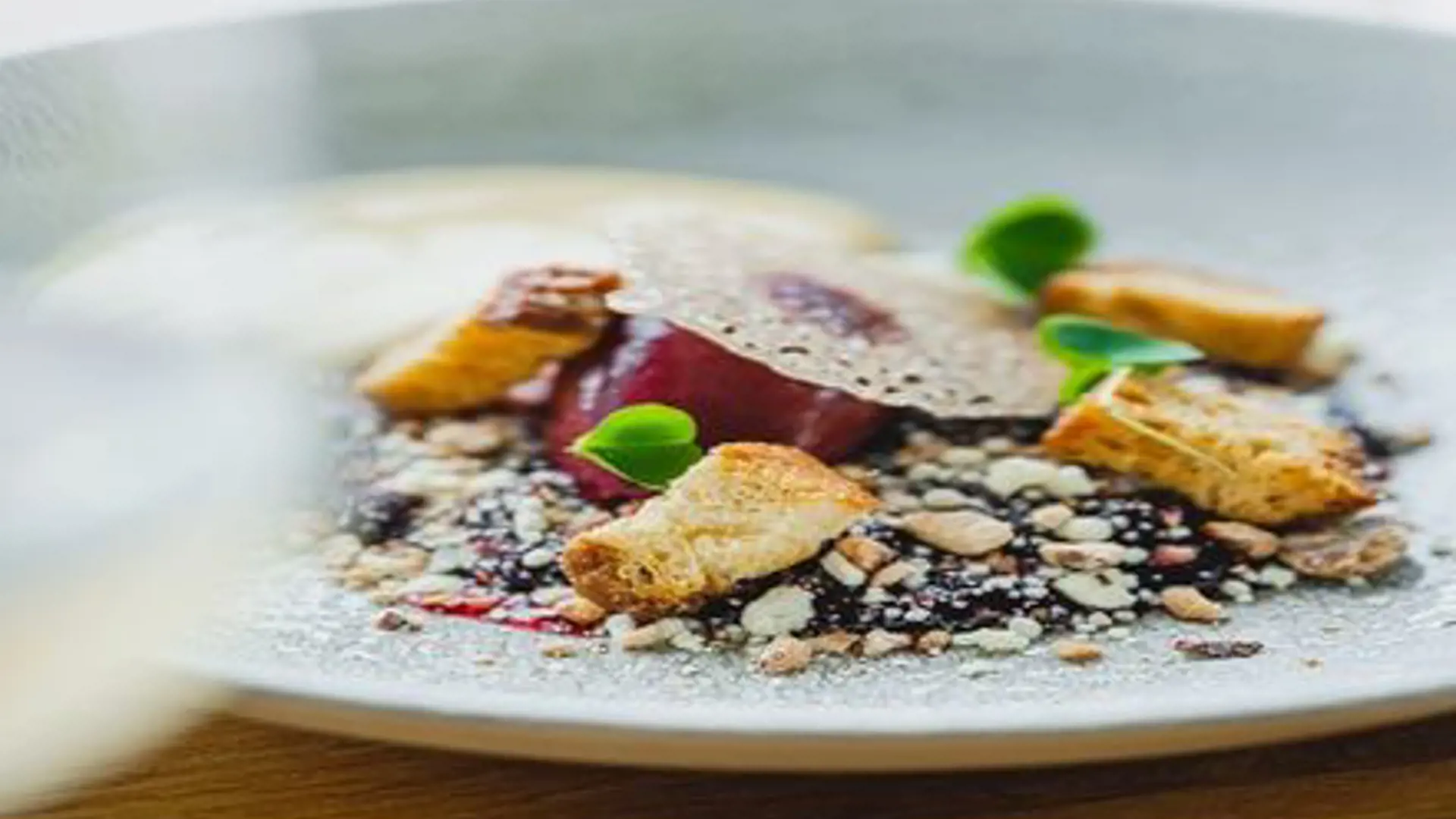
2 days / 1 night
Includes per person per stay:
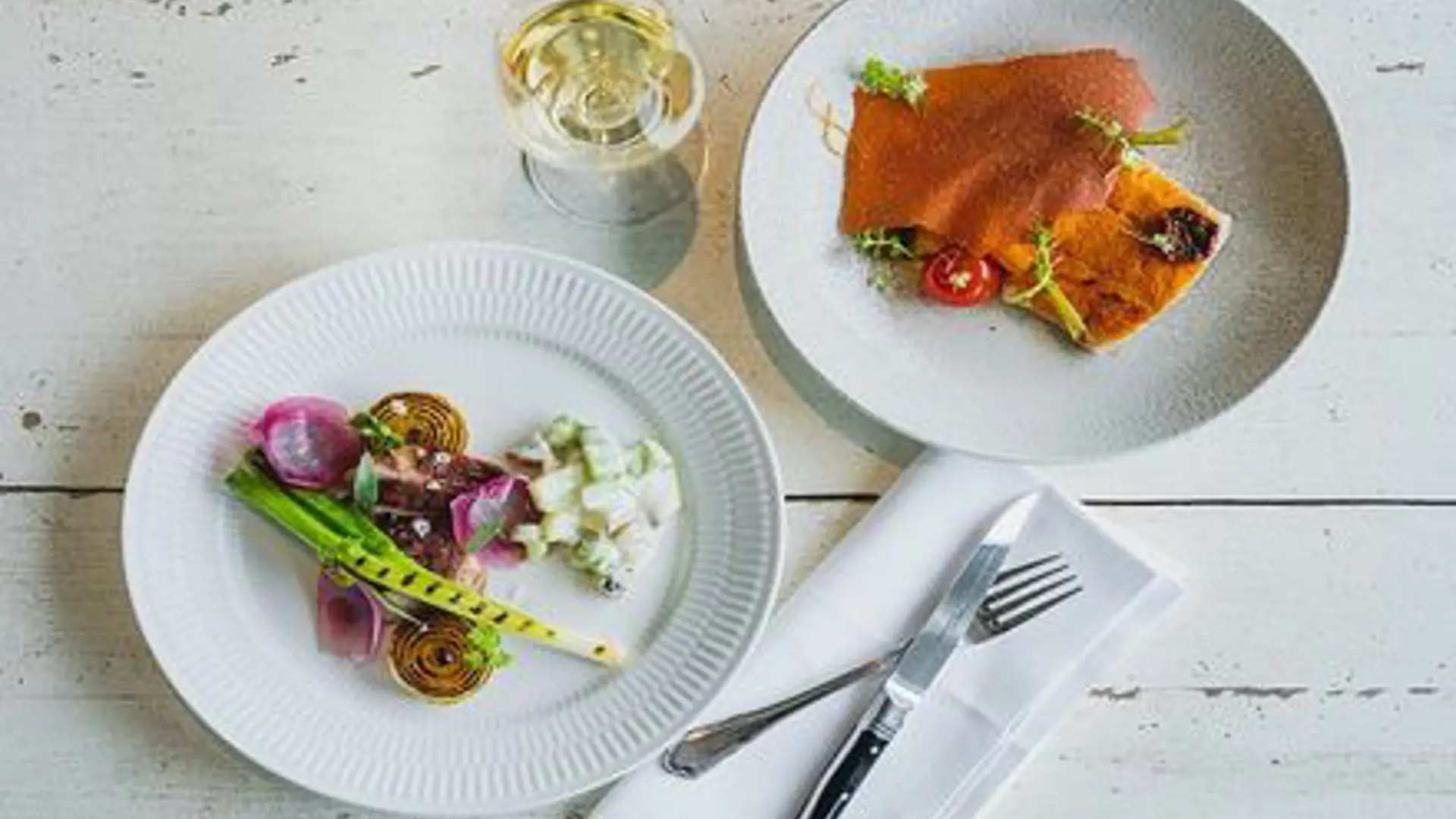
Includes per person per stay:
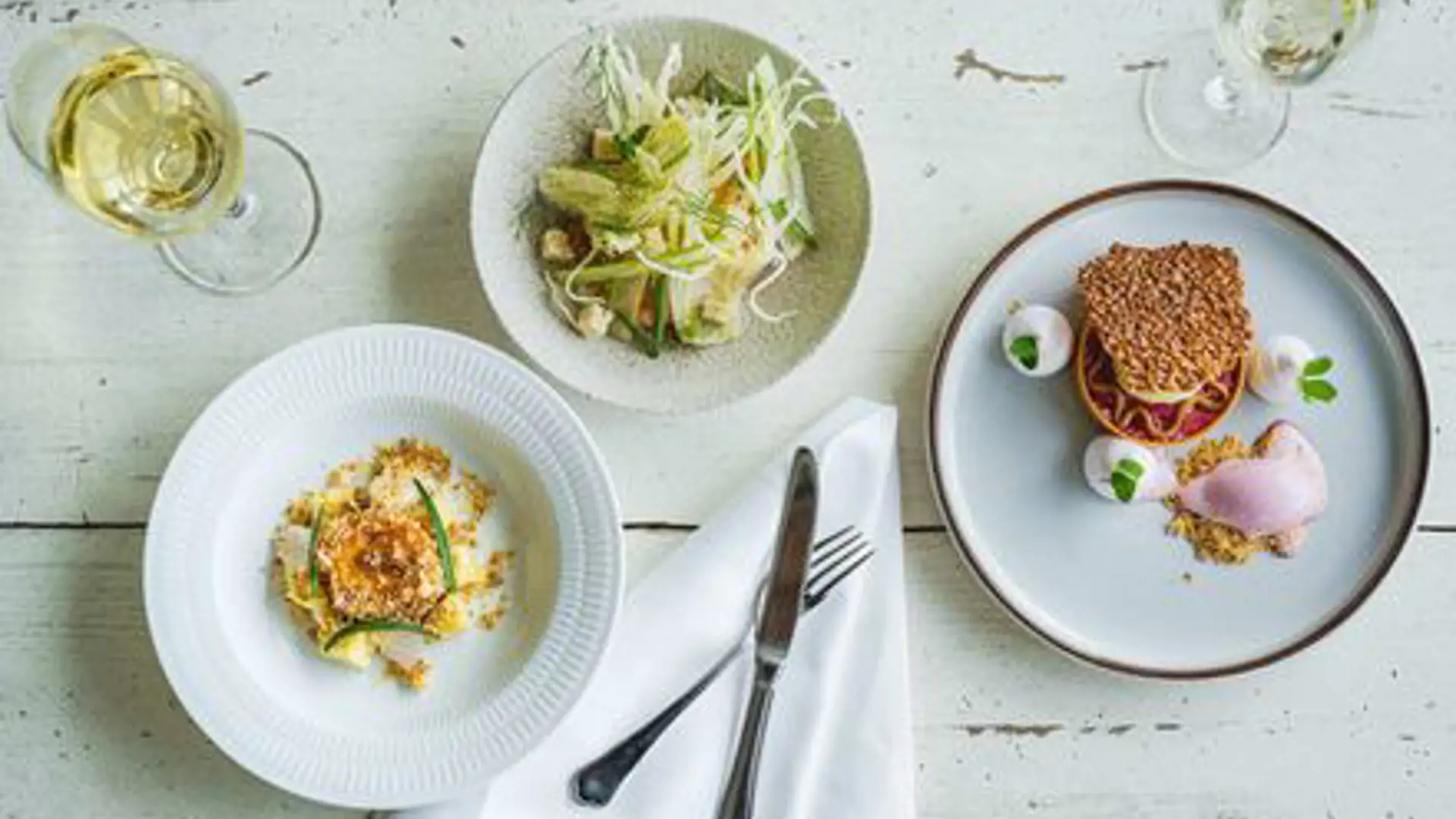
Includes per person per stay:
Free WiFI, parking and locked bicycle storage.

2 days / 1 night
Includes per person per stay:
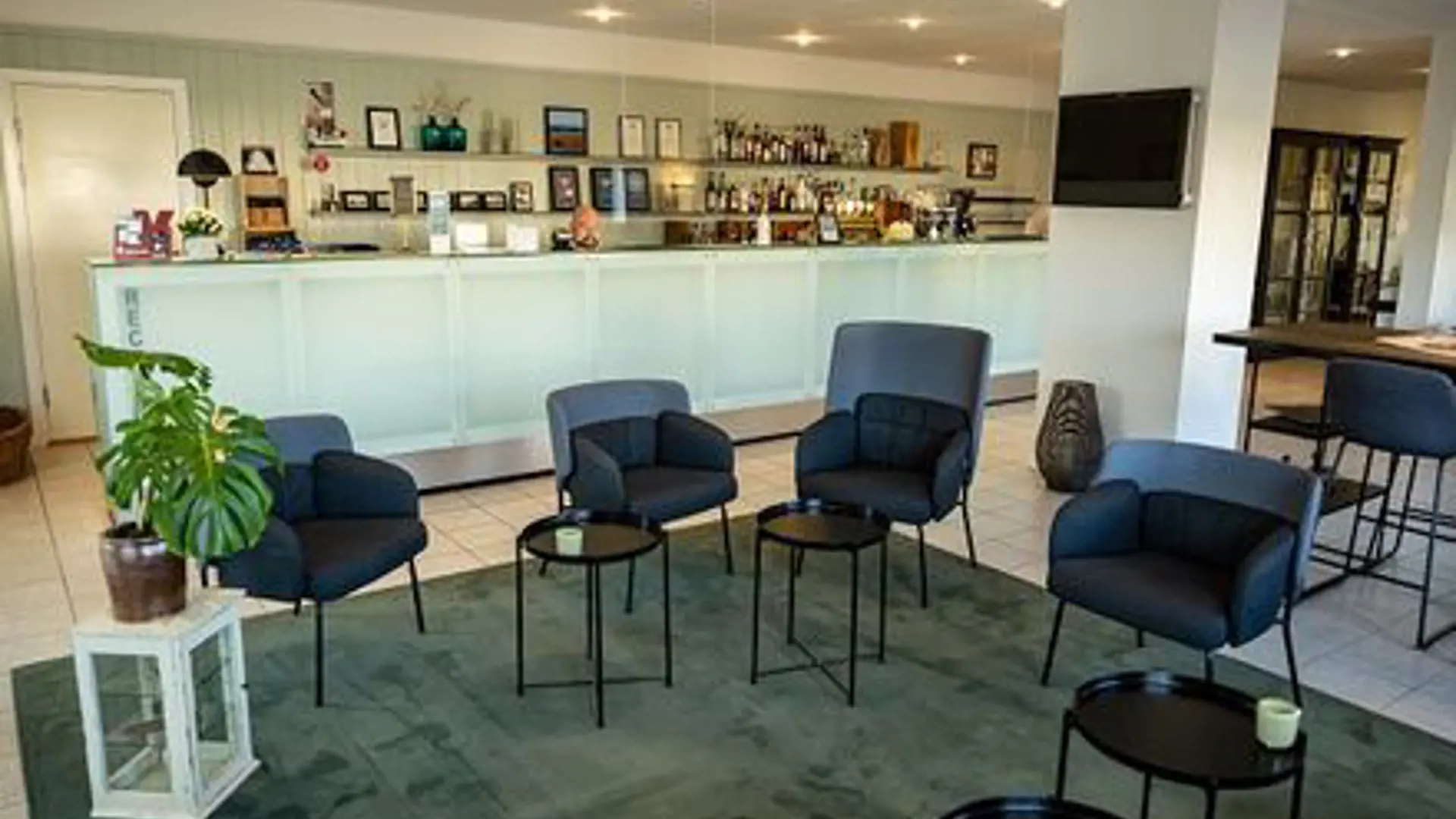
2 days / 1 night
Includes per person per stay:
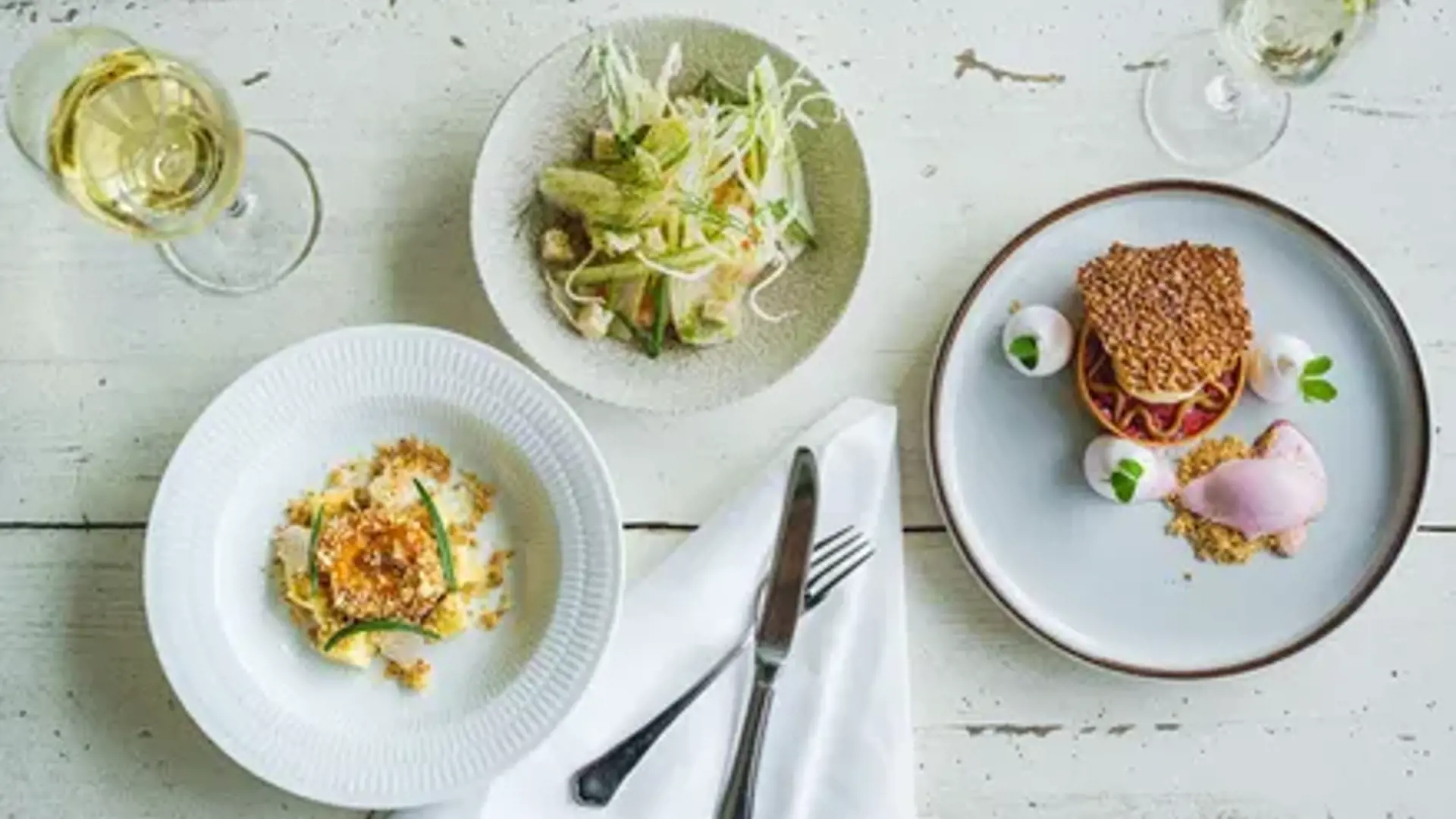
Arrival Friday - 2 Days / 1 night
Includes per person per stay:
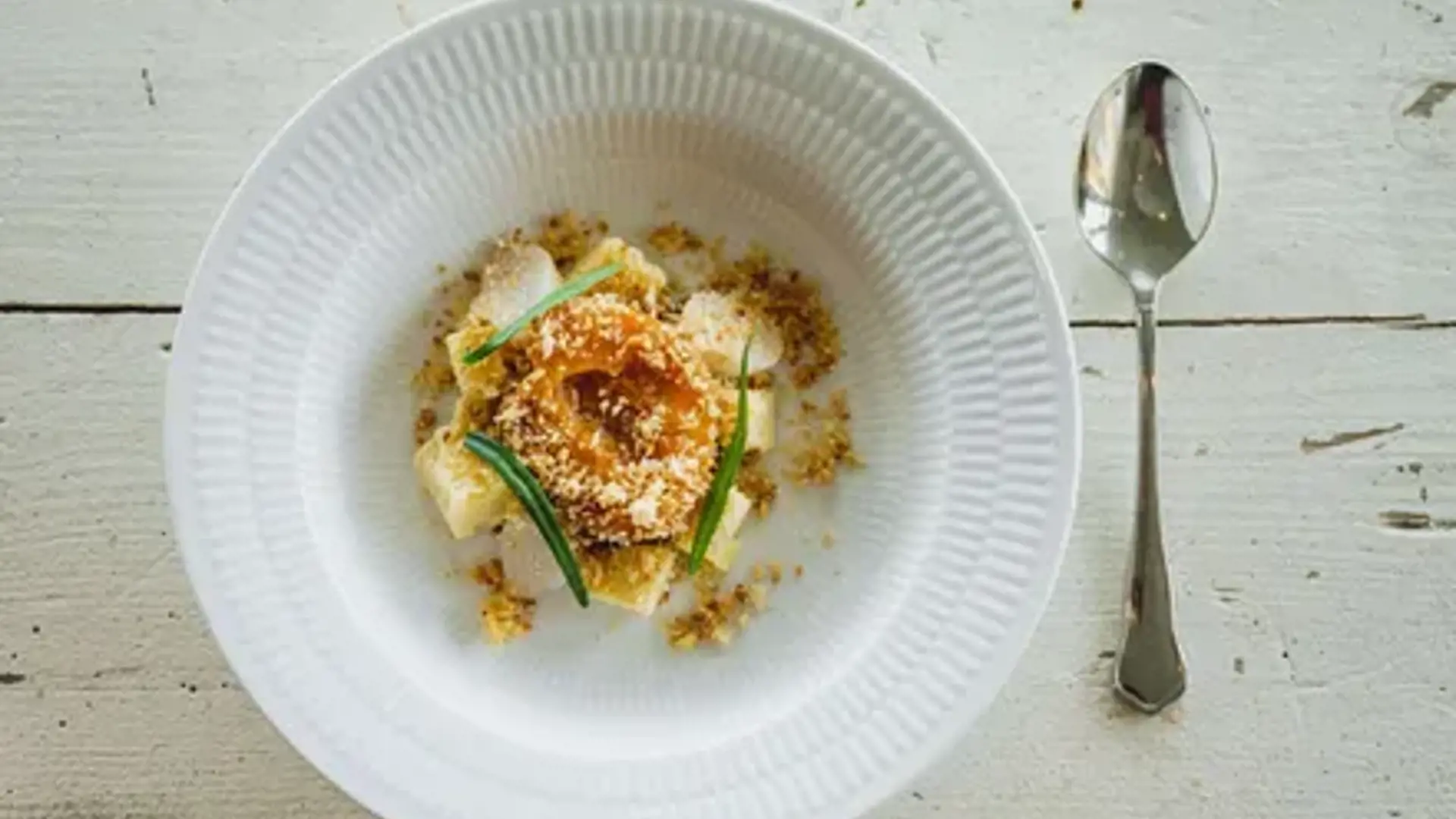
Arrival Friday - 2 Days / 1 night
Includes per person per stay:
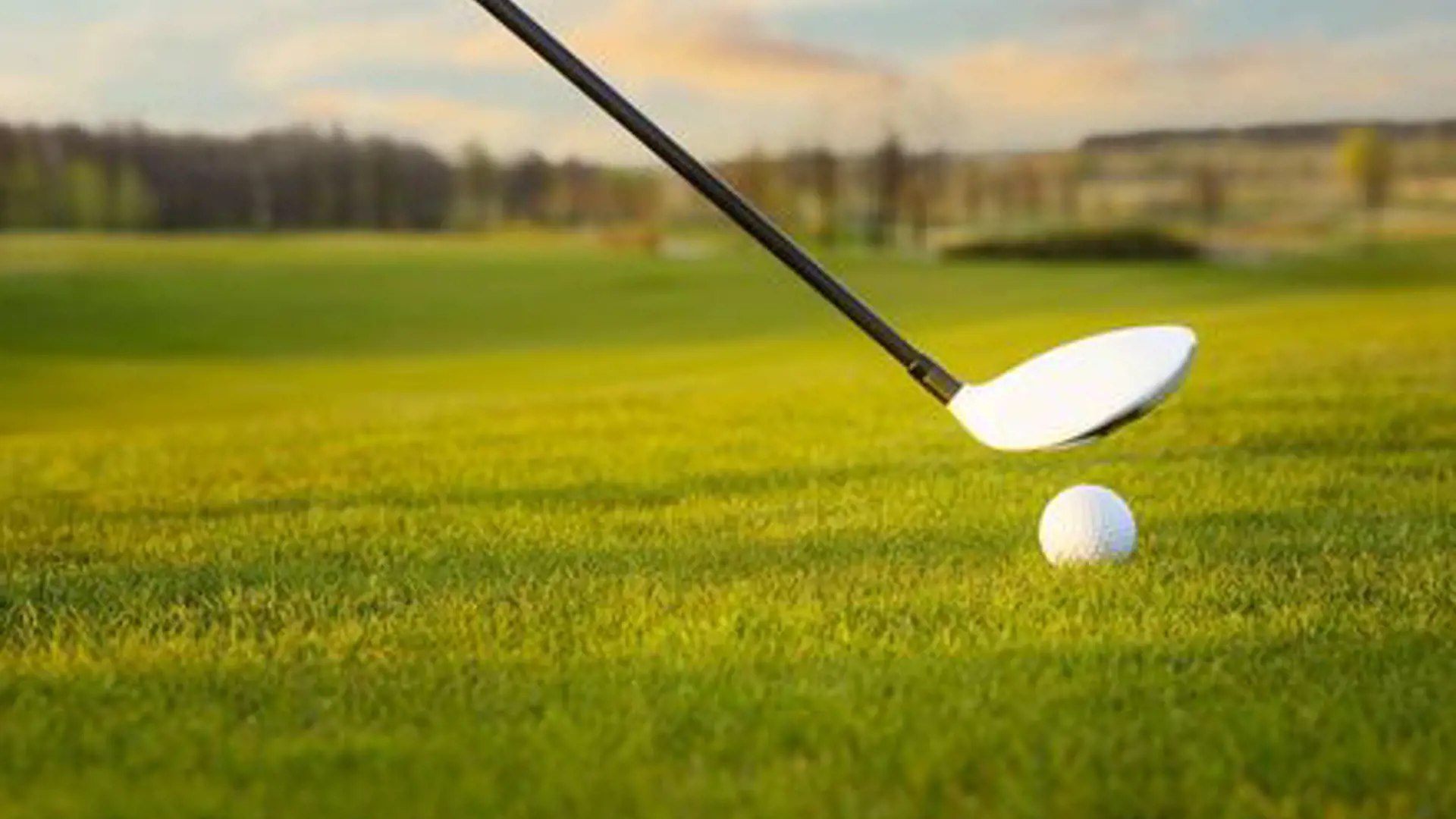
Golfophold
Includes per person per stay:
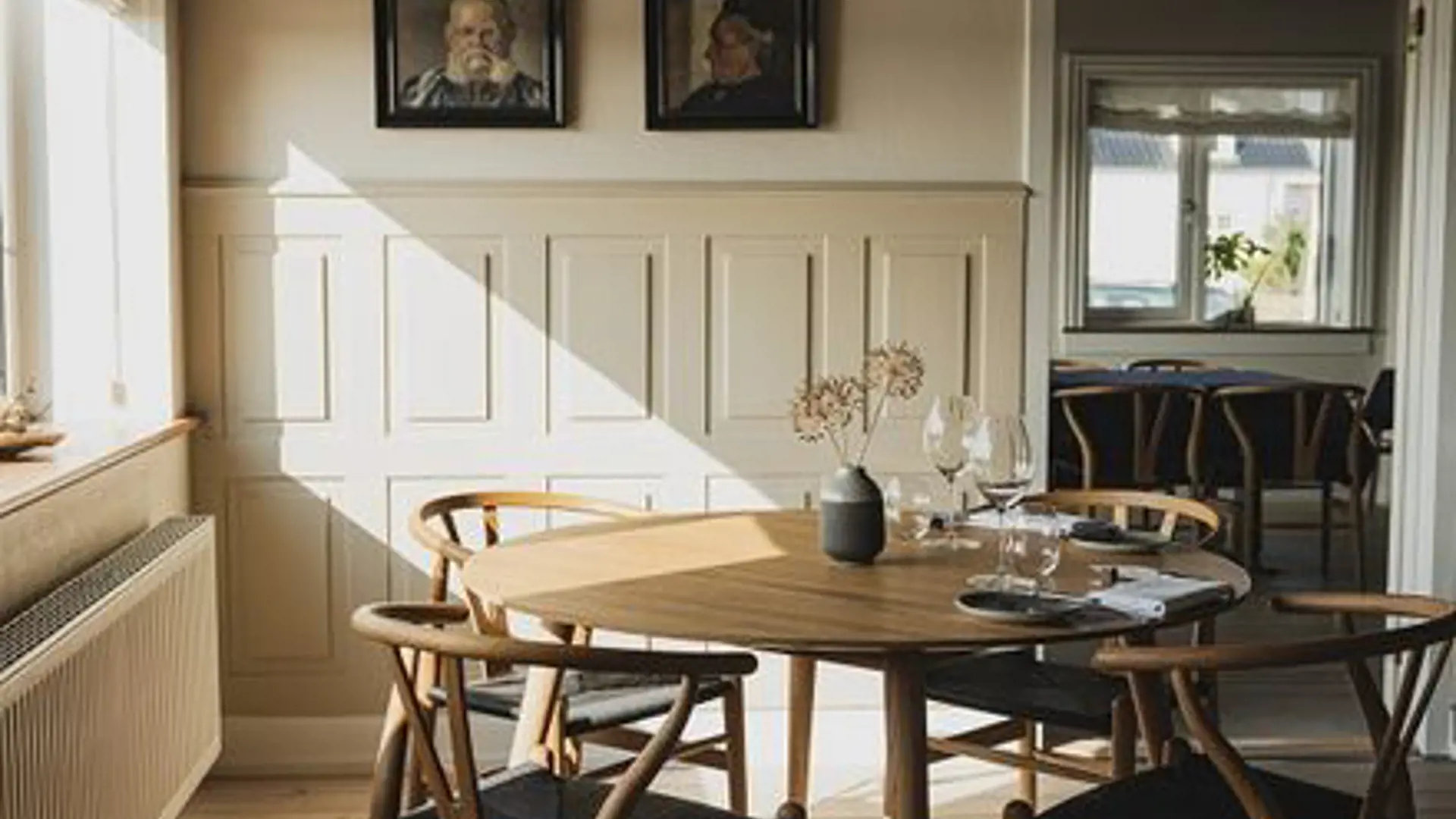
Includes per person per night:
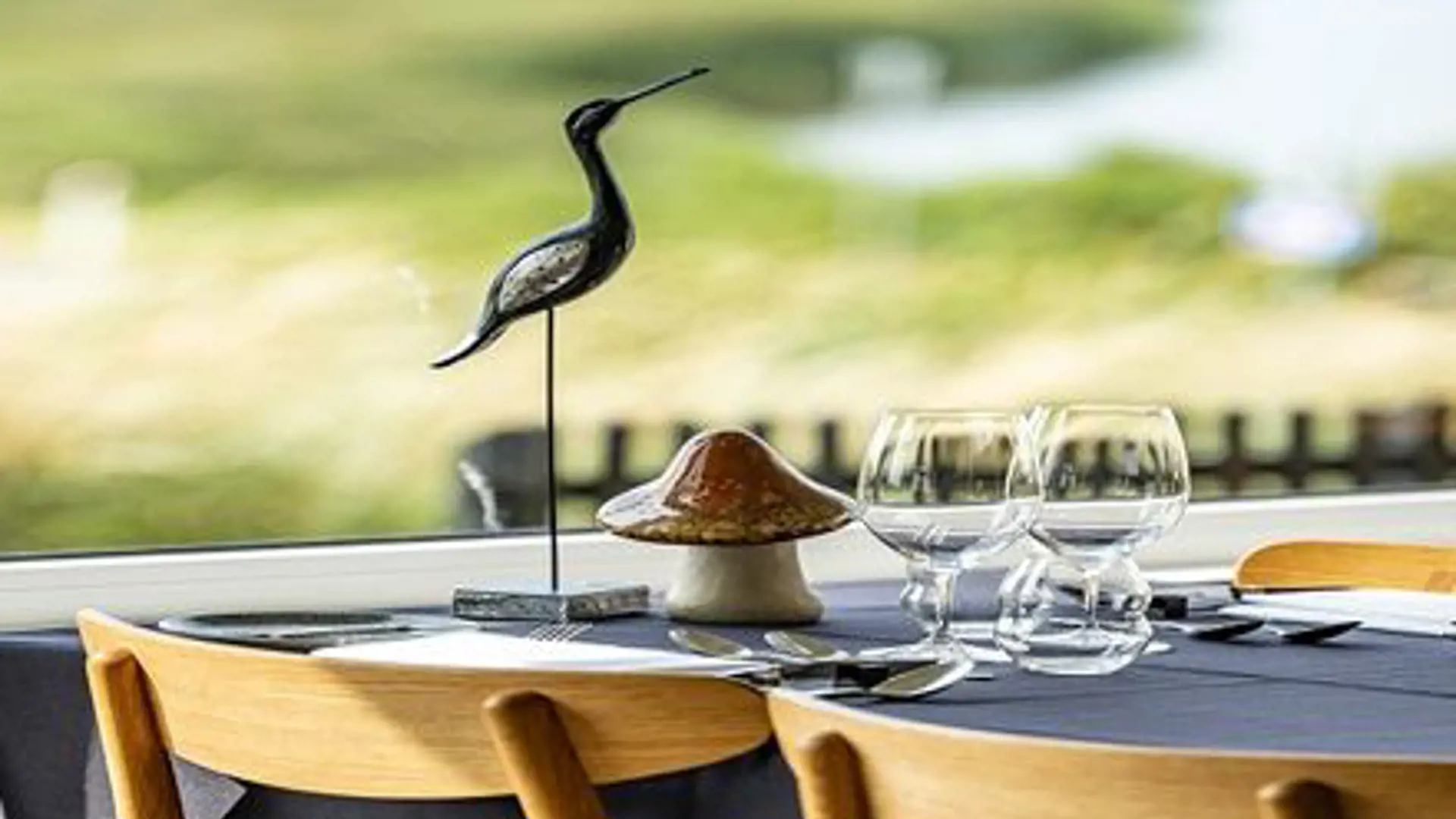
Includes per person per night:
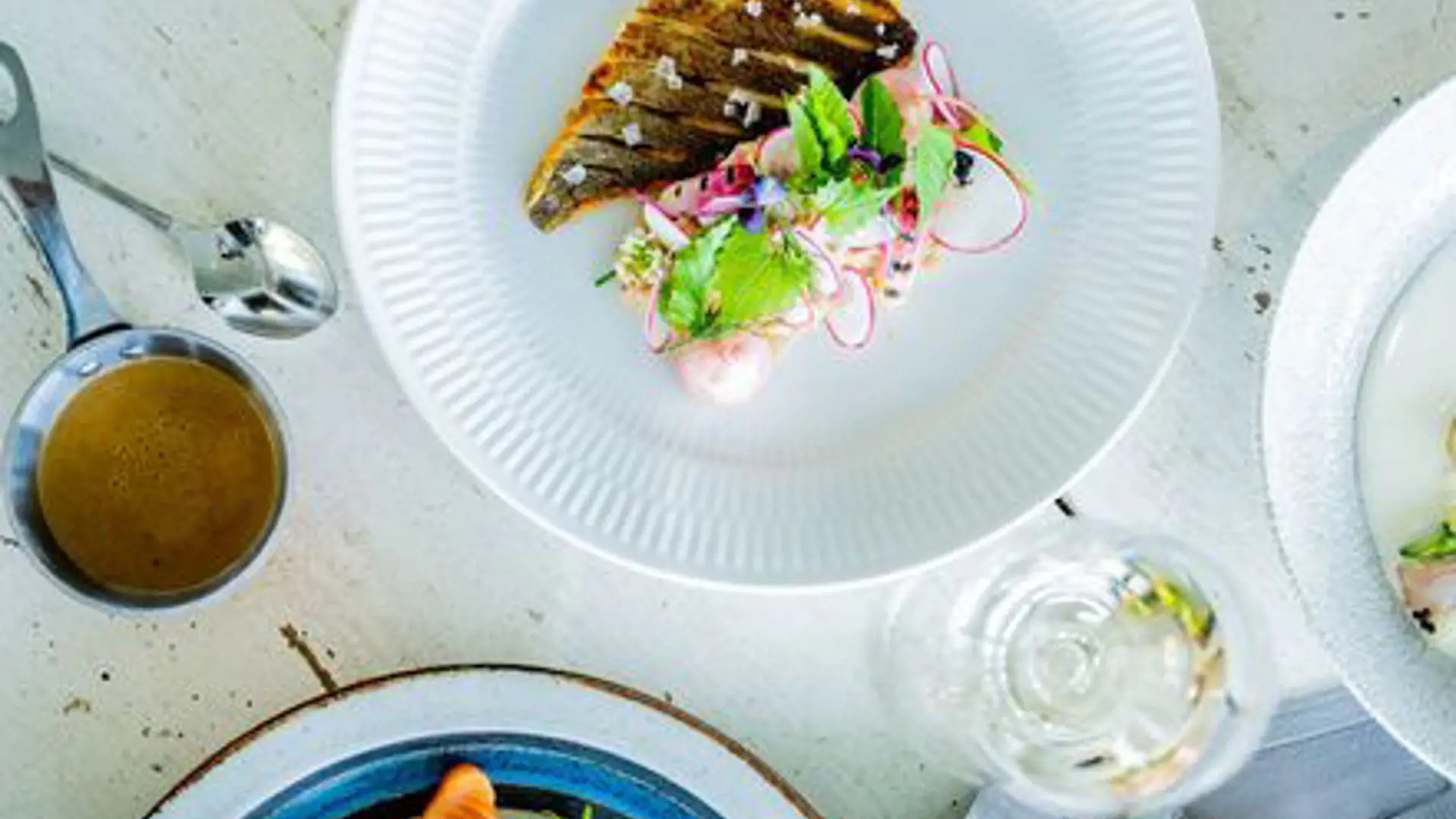
Minimum 3 days / 2 nights
Includes per person per night:

Gavekort med produktid: 25011499
Inkluderer for 2 personer:

Gavekort med produktid: 25021749
Inkluderer for 2 personer:
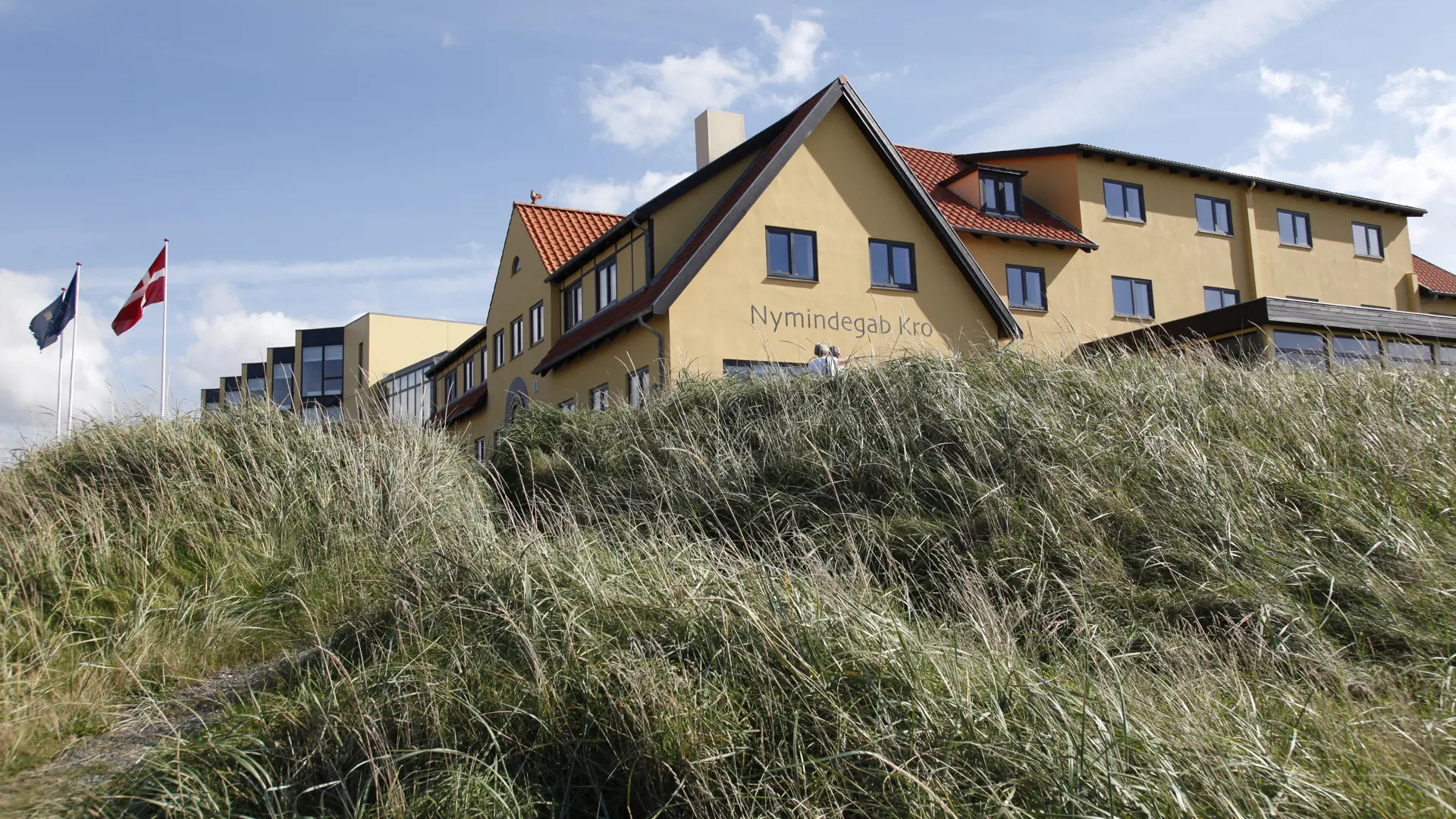
Arrival 01.09. - 30.11 2025
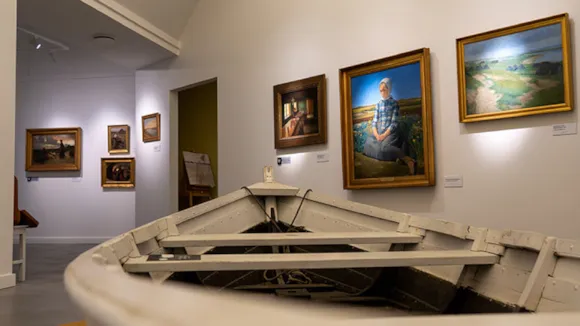
0.38 km
At Nymindegab Museum, art and cultural history merge when works by artists such as Laurits Tuxen, Maria Thymann, Oscar Matthiesen and Johannes Larsen are joined by stories about the cultural encounter between the local fishing population and the painters and bathers of the big city.
Come and hear stories about the work of the esep girls, the fates of the fishermen and Dorthea's songs about life and death by the great sea. Also hear stories about the bathers' holidays in the area, the local craftsmen, the diverse life of the inn - and not least: the painters who, like Laurits Tuxen, found their motifs by the fjord, the sea and among the brave West Jutlanders they met here.
In the open-air garden you can enjoy a cup of coffee from the café or explore the old sawmill, which is steeped in history. Children can play in the playground, build their own little boat or dress up like they did in the old days.
The Nymindegab painters
In 1879, painter Laurits Tuxen travelled from an artist colony in France up the west coast of Jutland and stopped in Nymindegab. The young artist fell in love with the thriving fishing village, which at the time was the largest on the west coast. The area around Nymindegab was a completely untouched part of Denmark. Here, life took its course in harmony with the sea. Tuxen was deeply fascinated by the endless golden dunes, the roaring sea and the local people. For an artist in search of subjects, it was a magical place to land. Laurits Tuxen returned to the area again and again, founding the artist colony Nymindegabmalerne, which attracted artists from Copenhagen.
Read mor about the museum here
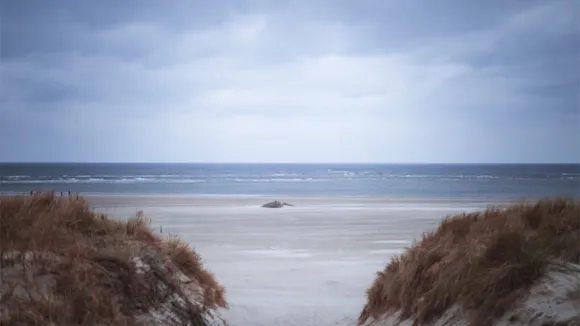
2.82 km
The dunes and dune heaths are unique landscape types with breath-taking and distinct nature. Along the entire coast, you can see remains of the Atlantic Wall, built by the Germany occupying power during WWII. There are especially many bunkers in the dunes near Blåvand, Henne and Nymindegab, and between Blåvand and Ho, you have access to one of the biggest bunkers.
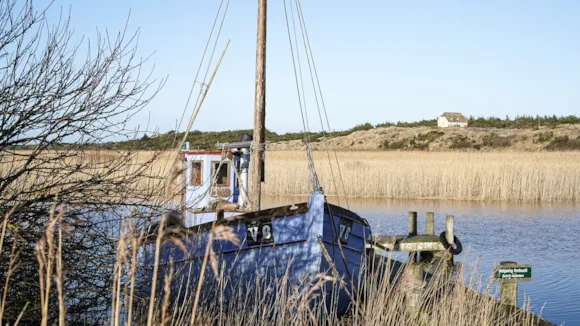
3.9 km
Nymindestrømmen is the rest of the old inlet from Ringkøbing Fjord, which used to make Nymindegab an important place in terms of transport of commodities and fishing. The trails along Nymindestrømmen are also connected to trails in the dune plantation. Remember to visit the lifeboat station or Esehusene near Nymindegab, showing how the old fishing village used to look.
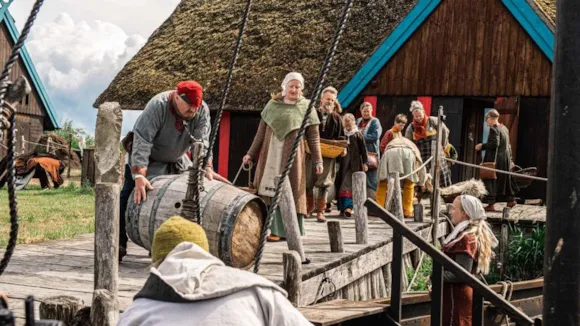
5.15 km
Travel back in time to the Vikings and meet the Vikings as they go about their daily chores. They are happy to talk about what it was like to be a Viking in West Jutland and maybe they need a helping hand?
Explore the Viking houses built from archaeological finds in West Jutland and see the many fine details. Make an offering to the gods or light a candle in the church. Board the Viking ship and take on the Viking playground like a true Viking.
During the high seasons, the activities at Bork Vikingehavn are extra busy. The activities vary from season to season. Find the always updated programme at www.borkvikingehavn.dk.
Step into the Viking Hall! It oozes the atmosphere of 1000 years ago. The table is laid out for a feast. You can sit down and enjoy the food from the café at the long tables or play a board game from the Viking Age - and who will sit in the great man's chair?
Visit the Viking shop and find delicious delicacies, jewellery, books, toys and other Viking-inspired goods. Admission to the shop is free.
Children and young people under the age of 18 are admitted free of charge when accompanied by an adult and dogs on a leash are welcome.
Bork Vikingehavn is part of the Ringkøbing Fjord Museums, which bring history to life at 10 museums and attractions around Ringkøbing Fjord. Read more at www.ringkobingfjordmuseer.dk/en.
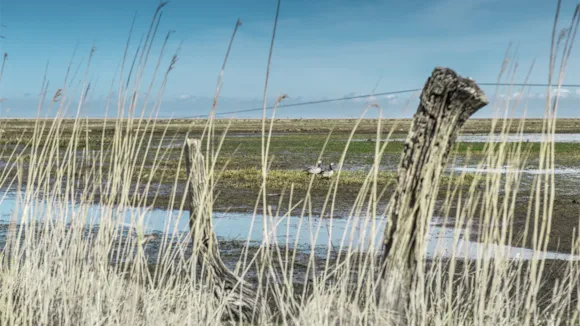
8.91 km
Tipperne, a peninsula in the southern end of Ringkøbing Fjord, has for decades been under conservation in order to maintain an undisturbed breeding, feeding and resting environment for swimming and wading birds. And it has proven to be a success – today, Tipperne is one of the most important resting places for migrating birds in Denmark. Every year, thousands of wading birds from Scandinavia and Siberia visit the area. These annual migrations between winter quarters and breeding areas are a spectacular sight. In July-August, where migration is at its highest, you can see dunlins, sparrows, sandpipers and European golden plovers. And the swan, the Danish national bird, comes to visit all year through.
PLEASE NOTE: March 1st - July 31st: Open Wednesday and Saturday from 09.30 a.m. to 03.30 p.m. August 1st - October 31st: Open all week days from 09.30 a.m. to 03.30 p.m. Access only allowed by car. Getting out of the car is prohibited along Tippervejen. Visitors by foot and bike are not allowed out of consideration for the bird life. It is only allowed to go by foot on the grass area near Tipperhuset, in the bird observation tower and along the marked trail to the bird hide. It is not allowed to bring dogs to Tipperne. Please make sure to leave Tipperne unrequested before closing time.
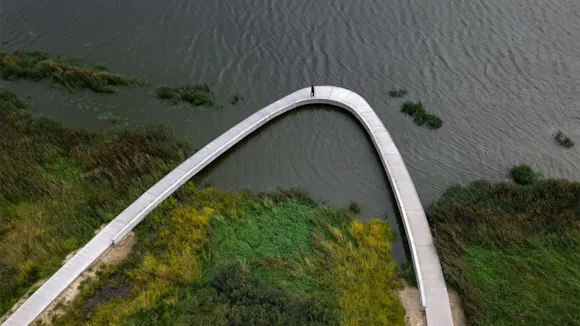
13.24 km
With the re-establishment of Filsø Lake, West Jutland has regained one of its largest nature areas, after the lake was dry for generations and the seabed was cultivated. When the foundation Aage V. Jensen Naturfond acquired the land, the water was led back into the lake during 2012, resulting in a record-breaking number of birds resting in and around the lake during autumn. Geese, ducks, wading birds, sea eagles and ospreys are just some of the interesting birds, which you can see from the bird hides and observation points around the lake. The combination of meadows, wetlands and heath areas ensures great conditions for breeding birds and interesting plants. The grazing animals in the area prevent the landscape from overgrowing, which would mean that several animal and plant species could not maintain their existence.
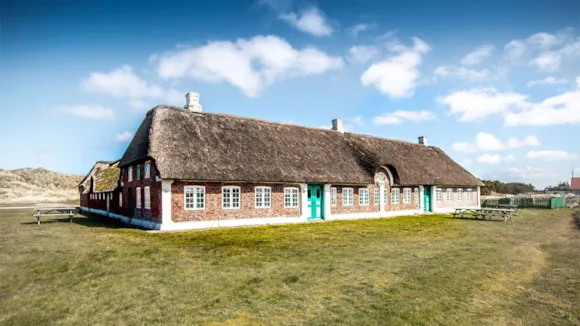
14.49 km
The monotonous sound of the clock ticking mingles with the crackling sound of Abeline's knitting needles. She sits in her chair and looks out onto the winding dirt road as she tends to the call centre. Then there's a knock at the door. The neighbour comes to call, because the phone is the only one in Holmsland Klit.
When you step into the listed seaside farmhouse, you enter a time warp. Abeline no longer sits with her knitting in her hand at the telephone switchboard and offers hot coffee at Madam Blå, but the farmhouse looks as if she has just left it in the 1950s.
The farm was built between 1854 and 1871 by Abeline's father-in-law. He was a beach bailiff and was responsible for salvaging wreckage, organising stranding auctions and housing sailors from wrecked ships. Abeline took over the farm with her husband in 1890, but she was widowed in 1904 and ran the farm with her five children until her death in 1957. The strandings became fewer, but Abeline began to accommodate summer visitors - Holmsland Klit as a tourist destination was born.
On the farm you will find a cosy café serving hot and cold drinks, as well as regular coffee bread. Also visit the small museum shop where you can find souvenirs and buy ice cream.
On the West Coast, people knew to respect the sea, so they made a point of organising rescue drills. Join in when rescue drills are organised at the rescue station at Abelines Gaard during the high season. Read more at www.abelinesgaard.dk.

17.63 km
This century, in the Skjern Å river valley, major invasive actions were taken against the rivers natural flow. After a series of isolated attempts at building dams and thereby controlling the river, in the 1960s, a very large drainage project was set in motion. The winding river was forced into straight canals and pumping stations were built, to lead the water away from the river valley. 4000 ha of meadows and bogs were transformed into agricultural lands, which was then in shortage; the damp meadows, haystacks, and livestock were replaced with productive grain fields and agricultural machinery.
However, today – about 50 years later – the meadows and wetlands have been restored. The Skjern Å Nature project includes approximately 2200 ha or about half the area which was drained in the 1960s. The project in the Skjern Å river valley is the largest nature restoration project in northern Europe and it was begun in 1999 – after years of planning – and finished in 2003. The restoration has made the area a unique piece of nature of international importance and it is the only nature area in Denmark to receive the European award Europa Nostra, because it has become such a thriving piece of nature and wildlife, which benefits animals and people equally.
Thanks to Real Dania’s project ’Stedet Tæller’, three of the pumping stations were restored into fully functional pumping stations. The project is about enhancing the experience of the area, as well as the accessibility. The pumping station to the south east, between Tarm and Lønborg, has been equipped with viewing platform; Pumping Station East has had an extension built on the roof, and Pumping Station North has been equipped with an elevator to its tower and a restroom for the disabled. Small architectural changes show how a classic, physical, and industrial element like a pumping station can be transformed and be bestowed with a new meaning and thereby cast light on the potential of these far out areas, showing the way to a new positive development of areas outside Denmark’s most populated areas.
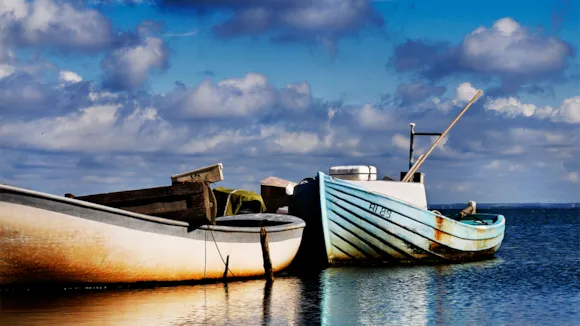
19.43 km
The fjord has always been the base of life for birds, fish and humans – and still includes some of Denmark’s most important bird spots. Large parts of the areas around the fjord are therefore under conservation. For centuries, fishing in the fjord has been a source of life for many families, but it no longer is. However, many sport anglers come to fish in the beautiful nature that surrounds the fjord.
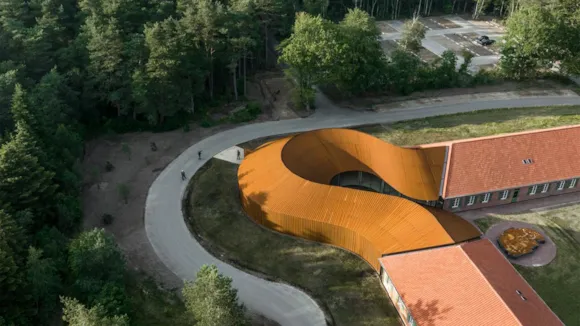
20.8 km
FLUGT makes the big numbers and statistics relevant and tells the story of each individual. You will embark on a journey across time and place, meeting people who have had to say goodbye to everything they knew and loved. You'll follow them as they flee, through their arrival in Denmark and on to the dream of a new future.
World-renowned BIG - Bjarke Ingels Group has designed FLUGT based on the history of the area. In the refugee camp's hospital, which originally consisted of 40 small hospital and operating theatres, the architects have created a brand new museum with eight large exhibition rooms. A beautiful, curved extension ties the original wings together into one whole.
Oksbøl Camp - the largest refugee camp in Danish history
At the end of World War II, more than 250,000 German civilians arrived in occupied Denmark after a dramatic and violent escape. In the final months of the war, the Red Army's assault on Nazi Germany took a heavy toll on the civilian population, displacing millions of Germans from their homes. The largest refugee camp in Danish history, Oksbøl Camp, was built in 1945 and housed 35,000 refugees at its largest. It is in this area that the museum is now located. And it is here, both inside the museum and out in the plantation, that you will experience what life was like in the Oksbøl camp.
Refugees at all times
Refugee flows are not just a historical phenomenon. These years, the world is experiencing the largest refugee flows ever. War and persecution are driving people to flee for survival, safety and new homes. It is a topic that is omnipresent, which is why it is not only refugees of the past that you will meet in FLUGT. In the exhibition REFUGEES OF ALL TIMES, you will meet the refugees who have come to Denmark in recent times from Russia, Germany, Hungary, Vietnam, Chile, Lebanon, Iran, Bosnia, Syria, Afghanistan and most recently Ukraine.
Audio walk in the former refugee camp
Outside the museum, you can hike along the camp's original paths and roads with a guide in your ears. In the plantation, you will experience life in the camp as it was in 1946. Among other things, you will be welcomed inside Teather Oxbøl and meet some of the camp's residents. Afterwards, you can continue your walk to the Refugee Cemetery next to the museum, where up to 1800 Germans are buried. The cemetery is visited by up to 20,000 descendants every year.
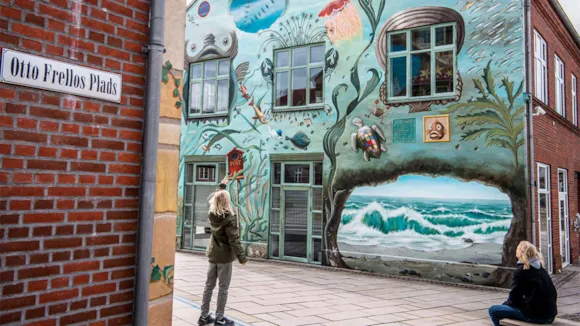
28.31 km
At Museum Frello you have the opportunity to immerse yourself in another world, namely Otto Frello's fantastic universe. Frello is an artist with his very own unique style, which can make both children and adults think that art is great. It is possible to try the Frello treasure hunt with the kids, or experience the changing exhibitions. If you bring family and friends, it is certain that you will see art in a whole new way after the meeting with Frello. The motifs have so many details that you can experience them again and again.
In 2024, the museum will celebrate Otto Frello's 100th birthday with a special exhibition and ongoing activities, competitions and lectures.
Read more about the museum here.
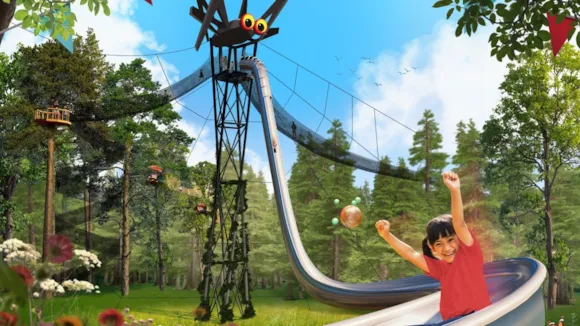
31.16 km
Bring the whole family to WOW PARK Skjern, a large play and amusement park in the forest. Here you can let the whole family loose in the treetops, on the forest floor and underground! At WOW PARK, the whole family will get red cheeks, sweat, lots of play and fresh air. You can play in 10 metre high tree houses, slide down at full speed or run from tree to tree in the fun suspension bridges. If you're brave, you can also jump into big nets with giant balls or take a wild ride on the slings and cable cars.
You can also stop by the petting goats or create imaginative characters in the Build & Crochet workshop.
When you get hungry, you can buy delicious food in the park, have a family picnic in the forest, or cook food you've brought with you on a barbecue or campfire.
With plenty of space in the large outdoor areas, WOW PARK is a safe experience for everyone.
EDDERKOPPEN
The West Coast's wildest attraction is a HUGE new addition to WOW PARK Skjern! Climb 110 meters of free-hanging net bridges through the treetops and hit your top speed from a height of 20 meters on the park's new free-fall roller coaster.
You can also visit WOW PARK Billund. Buy an annual pass and get access to both parks.
See you at WOW PARK - the wildest play and amusement park in the forest!